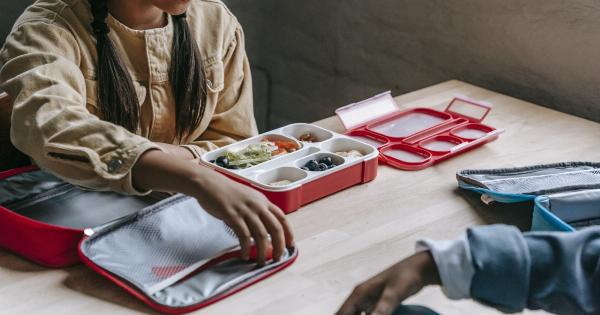Having a child with allergies can be challenging, especially when they have to navigate through their school day. As a parent, it is crucial to take necessary steps to ensure your child’s safety and well-being while at school.
In this article, we will discuss essential guidelines for parents of allergic children in school, focusing on proactive measures, communication with the school, and emergency preparedness.
1. Understand Your Child’s Allergies
The first step in ensuring your child’s safety at school is to have a thorough understanding of their allergies. Learn about the triggers, symptoms, and reactions associated with each allergen.
This knowledge will help you educate both your child and the school staff on how to prevent exposure and handle potential emergencies.
2. Communicate with the School Staff
Open and frequent communication with the school staff is essential. Inform the school administration, including the principal, teachers, and school nurse, about your child’s allergies.
Provide detailed information about the allergens, symptoms, and emergency procedures. Establish a comprehensive plan to manage your child’s allergies effectively.
3. Develop an Allergy Action Plan
Work with your child’s healthcare professional to develop an allergy action plan.
This plan should outline specific steps to be taken in case of an allergic reaction, including medications, dosage, emergency contact information, and procedures for immediate care. Share copies of this plan with the school, teachers, and nurse.
4. Educate Your Child
Empower your child with knowledge about their allergies. Teach them how to recognize allergens, symptoms of a reaction, and what steps to take if they suspect exposure.
Explain the importance of avoiding sharing food and drinks with others and how to read food labels to identify potential allergens.
5. Encourage Hand Hygiene
Regular hand washing is crucial in preventing allergic reactions, especially when allergens are frequently encountered in school settings.
Teach your child proper hand hygiene practices and encourage them to wash their hands before and after meals, after playing outside, and when they come in contact with potential triggers.
6. Collaborate with Other Parents
Connect with other parents of allergic children in your child’s school. Share experiences, tips, and resources with them.
Building a support community can help create a safer environment for all allergic children and increase awareness among school staff and other parents.
7. Advocate for Allergy-Aware Policies
Engage with the school administration and parent-teacher organization to advocate for allergy-aware policies.
These policies might include designated allergen-free zones, allergen labeling in the cafeteria, and staff training sessions on allergy management. By actively participating, you can contribute to a more inclusive and safe school environment for allergic children.
8. Provide Safe Food Options
Work with the school cafeteria to ensure safe food options for your child. Provide a list of safe foods, snacks, and ingredients that your child can consume. Advocate for segregation of allergenic foods and utensils to prevent cross-contamination.
Regularly communicate with the cafeteria staff to address any concerns or changes in your child’s dietary needs.
9. Ensure Emergency Medications Availability
Make sure that your child’s emergency medications, such as epinephrine auto-injectors, are readily available at the school. Ensure that they are stored appropriately, easily accessible, and not expired.
Train the necessary staff, including teachers and the school nurse, on how to administer the medication if needed.
10. Regularly Review and Update
Allergy management is an ongoing process. Regularly review and update your child’s allergy action plan, emergency contact information, and strategies with the school staff.
Stay informed about the latest practices and research in allergy management to ensure you are taking the best possible precautions for your child.






























